Açaí
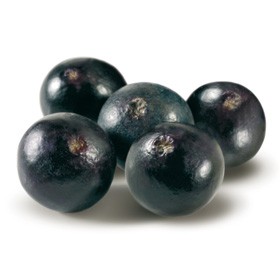
Euterpe oleracea
Açaí is a palm widespread in the Amazonas region, whose fruit is a blue-violet berry with very distinctive taste.Given its very high solids content, açaí is diluted before commercialization. Depending on the level of dilution, açaí is classified in raw açaí pulp, gross, medium and fine açaí, with decreasing levels of solids. Brazilian law prescribes for the aforementioned categories of açaí minimum solids of 40%, 14%, 11% and 8%, respectively.
It is considered a “superfood” thanks to its exceptional functional values:
- Açaí is a good source of monounsaturated fatty acids, particularly of oleic and palmitoleic acids (fatty acids that are not synthesized by the human body), as well as of precursors of vitamin A (350 µg RE/100 g of dry substance).
- Açaí has an high content of flavonoids, especially of 2 antocyanidines (cyanidine-3-O-β-glucoside and rutinoside) and of other substances such as phytosterols (β-sitosterols). The first ones are antioxidants and thus considered helpful in protecting from cardio-vascular diseases and some type of cancer.
Chemical-Physical and Nutritional average values for 100g
Nutritional properties
| Values per 100g | NRV* % | |
|---|---|---|
| Energy | 66 Kcal - 274 kJ | |
| Proteins | 2,0 g | |
| Carbohydrates | 4,0 g | |
| Fats | 4,5 g | |
| - of which saturated | 25% | |
| - Unsaturated | 63% | |
| - Polyunsaturated | 12% | |
| ORAC | 5500 µmol TE | |
| Polyphenols | 0,5 g |
Chemical-physical properties
| Values per 100g | |
|---|---|
| Total solids | 11 g |
| Soluble Solids | 5 °Brix |
| Acidity (Citric Acid) | 0,4 g |
* NRV = Nutrient Reference Values








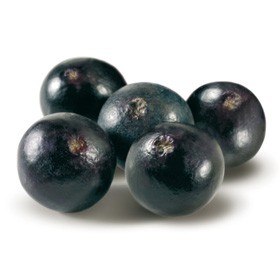
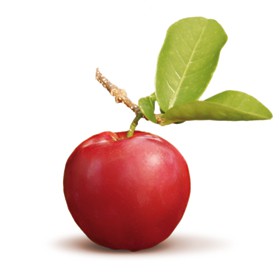
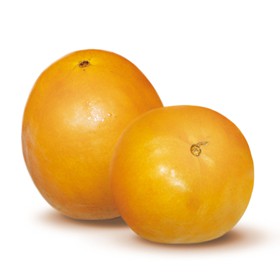
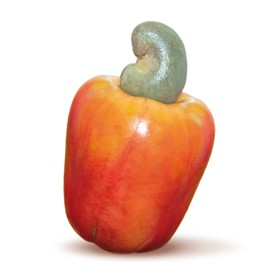
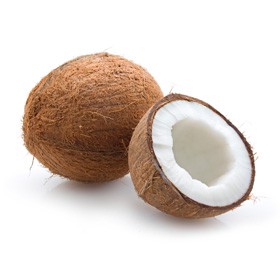
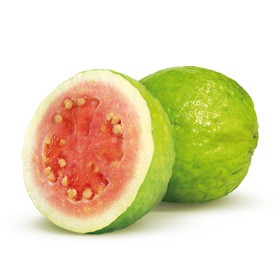
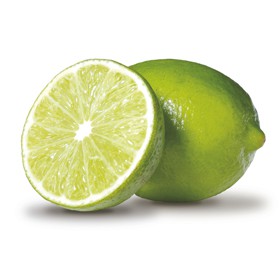
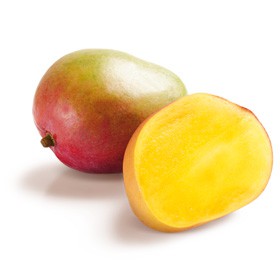
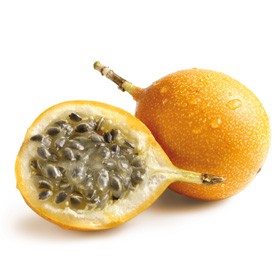
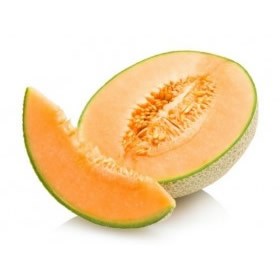
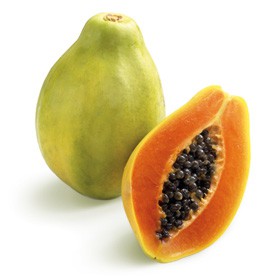
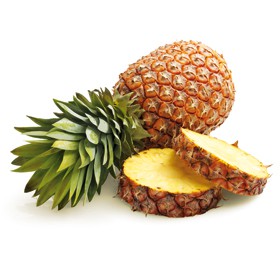
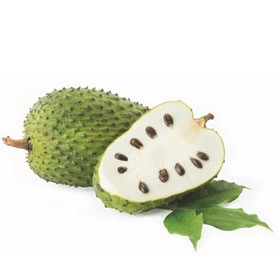
 Facebook
Facebook Instagram
Instagram